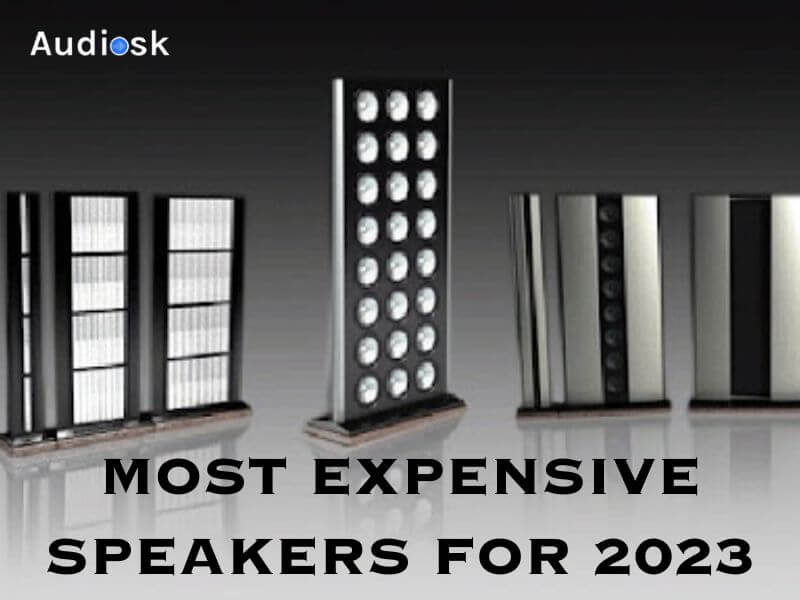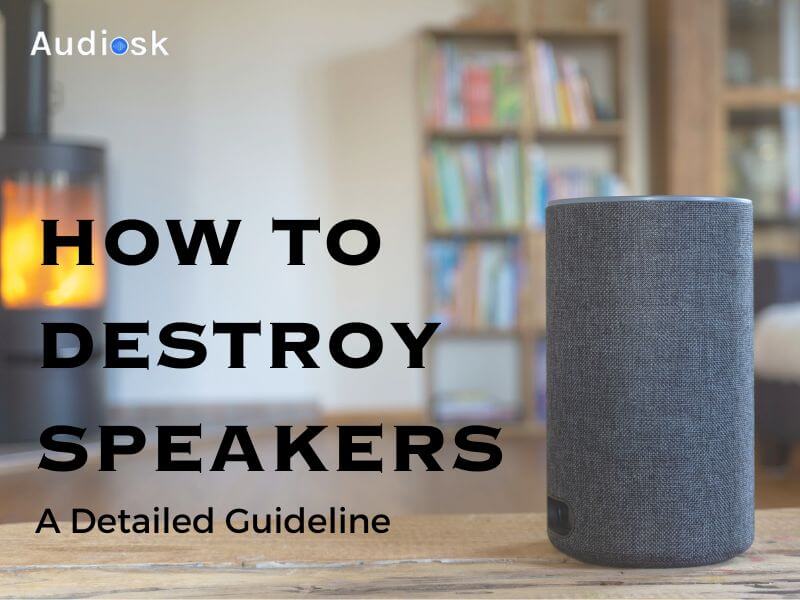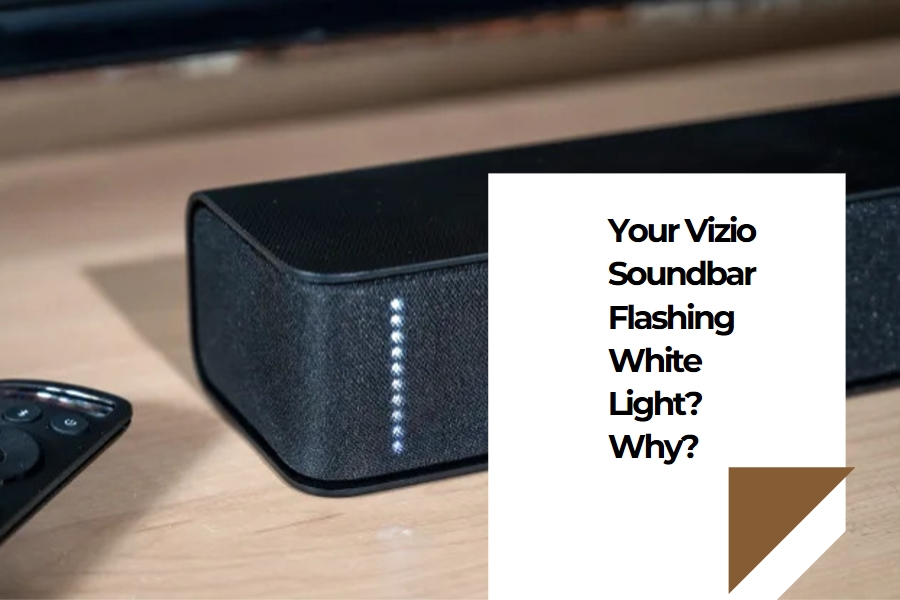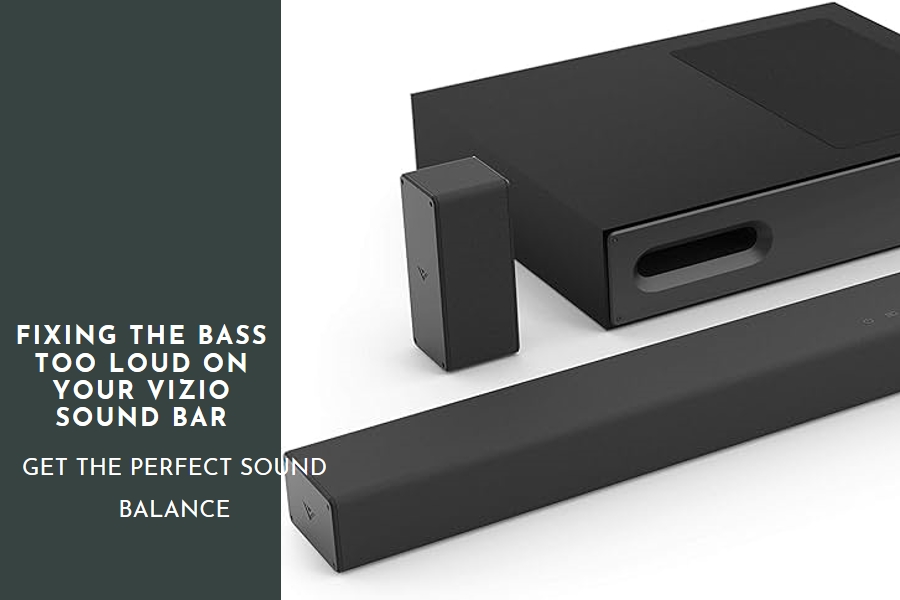How to tell if your speakers are blown? Speakers are vital components of any sound system, whether a home theatre, car audio, or a professional sound setup. Recognizing the signs of a blown speaker is essential to maintaining optimal audio quality. In this article, we’ll share tips on determining whether your speaker or amp is to blame.
What Is A Blown Speaker?
When a speaker is “ blown ”, it has become so damaged that it can no longer produce the correct sound. Drive failure can be due to excessive capacity, physical damage, or wear and tear over time.
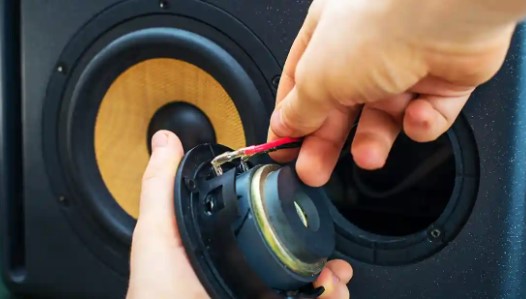
How To Tell If Your Speakers Are Blown?
The most common sign of a timid speaker is an unpleasant buzzing or scraping sound, either by itself or roughly at the pitch of the note the speaker is attempting to play.
Here are the specific signs:
Testing with a multimeter
A multimeter, an electronic measuring instrument, can be used to check the electrical resistance of your speakers. The speaker is likely blown if the opposition doesn’t match the speaker’s rated impedance or the multimeter doesn’t show any resistance.
Sound test
Running a sound test is another effective way to check if a speaker is blown. You can use specific sound testing apps or online tools to play a range of audio frequencies and listen for any distortions. If your speaker struggles to produce particular frequencies or the sound is notably distorted, the speaker might be blown.
Lack of bass, treble or mid-tones
Lack of bass
Generally speaking, the bass frequency range falls between 20 Hz and 250 Hz. These frequencies produce the low-end sound that provides music depth and richness. Woofers in speakers primarily create these low-frequency sounds.
If you hear a lack of punch or depth in your audio, the speaker may need to produce bass frequencies effectively, frequently resulting from woofer damage. A blown speaker often exhibited this as a “thin” or “flat” sound devoid of the bass’s customary full-bodied resonance.
Read more: Subwoofers Vs Speakers
Lack of mid-tones
Mid-tones or midrange frequencies typically range from 250 Hz to 2000 Hz. They carry most of the “information” in music, including most vocal, piano, and guitar sounds. A speaker incapable of correctly producing mid-tones can make the music sound hollow or distant.
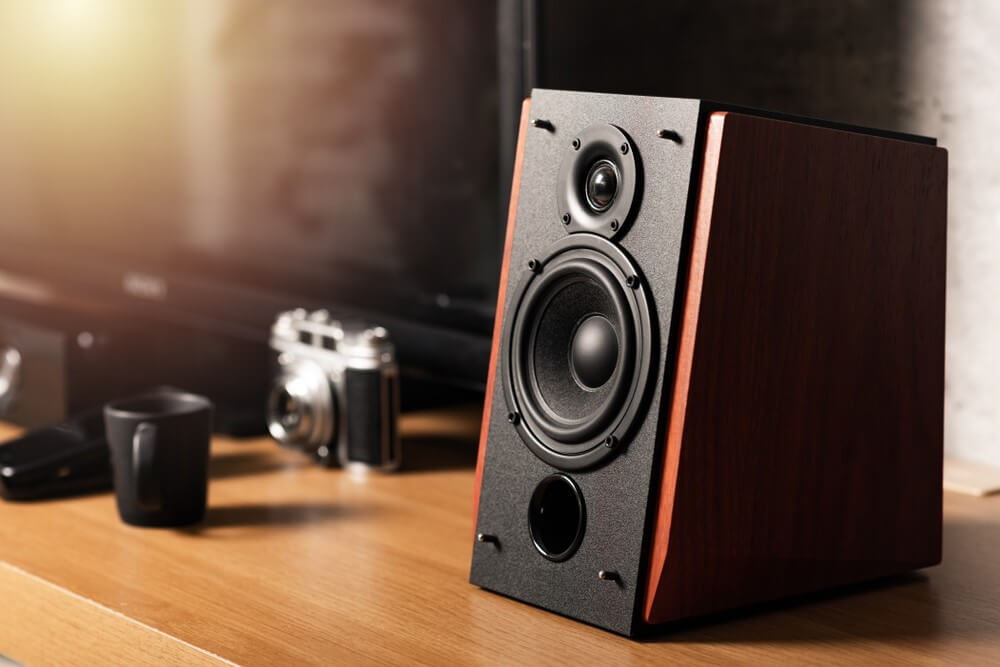
This is because these frequencies are crucial for providing the tonal balance in sound. If your speaker is blown, it may need help to deliver these frequencies by hampering the overall audio quality.
Lack of treble
Treble refers to high-frequency sounds ranging from 2000 Hz to 20,000 Hz. These frequencies are responsible for the “brightness” and “clarity” in music, offering the crisp sounds of cymbals, high notes on a piano, and the sibilance in vocal recordings.
Speakers use tweeters to generate these high-frequency sounds.
If you lack treble, your audio will lose its sharpness and detail, sounding dull or muffled. In the case of blown speakers, damage to the tweeter can result in a significant reduction or absence of these treble frequencies.
Read more: How To Reset Bluetooth Speakers
Completely mute
It’s also possible for blown speakers to be silent and soundless. This may be one of the most visible indicators of a blown speaker, but it should be carefully inspected to ensure there isn’t a broken part, bad connection, or something else more apparent.
It’s possible that a speaker has blown and is on the verge of deterioration if it displays some of the concerns mentioned above before being completely silent.
Hissing, buzzing, or fuzziness
Hissing
Hissing, also known as white noise or static, can occur in a speaker for various reasons, including problems with the audio source, interference from other electronic devices, or issues within the speaker itself.
In the case of a blown speaker, the hissing noise may be more prominent, sounding like a continuous ‘hiss’ or ‘shhh’ sound in the background, especially during silent parts or when the volume is turned down.
Read more: How To Connect Speaker Wire To Receiver
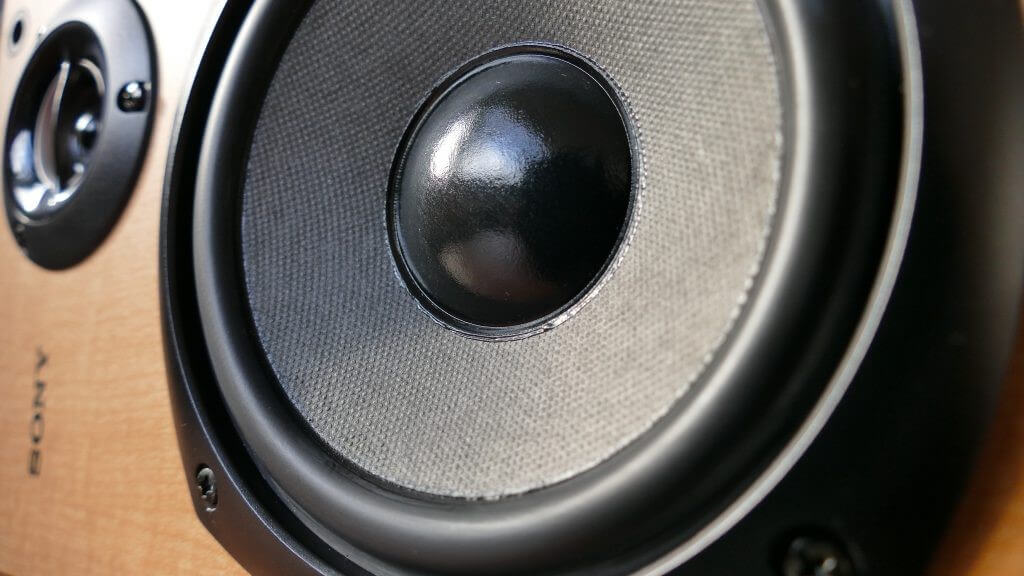
Buzzing
Buzzing sounds from speakers are often caused by problems with the speaker cone or the wiring. The speaker cone, which moves to produce sound, can start to buzz if it’s torn, cracked, or has come loose from the coil.
This buzzing is typically low-pitched and can fluctuate with changes in volume or the specific audio frequencies being played.
Fuzziness
Fuzziness, or a fuzzy sound, is often described as a lack of clarity or a ‘muffled’ sound. This fuzziness can make it difficult to discern specific instruments or vocals in a song, as the sound seems to be ‘blurred’ together.
Fuzziness is a common symptom in a blown speaker, especially when the speaker is asked to handle complex or high-volume audio. The compromised speaker components can no longer accurately reproduce the audio, resulting in a fuzzy or muffled output.
Read more: Muzen Speaker Review
Can You Fix A Blown Speaker?
A thin, white glue mixture can repair most minor tears and holes in speaker cones. Extensive damage may require re-coning, a complete cone replacement better suited for a professional.
Conclusion
Knowing how to tell if your speakers are blown is essential for anyone who relies on sound quality, whether for a professional setting, entertainment, or personal enjoyment. Blown speakers can cause distortion, reduced good quality, and faint sounds. By performing a visual inspection, an audio test, and a multimeter test, you can confidently diagnose the condition of your speakers.
Now, are you ready to face the music and inspect your speakers? Don’t let blown speakers distort your melody of life!
FAQs


